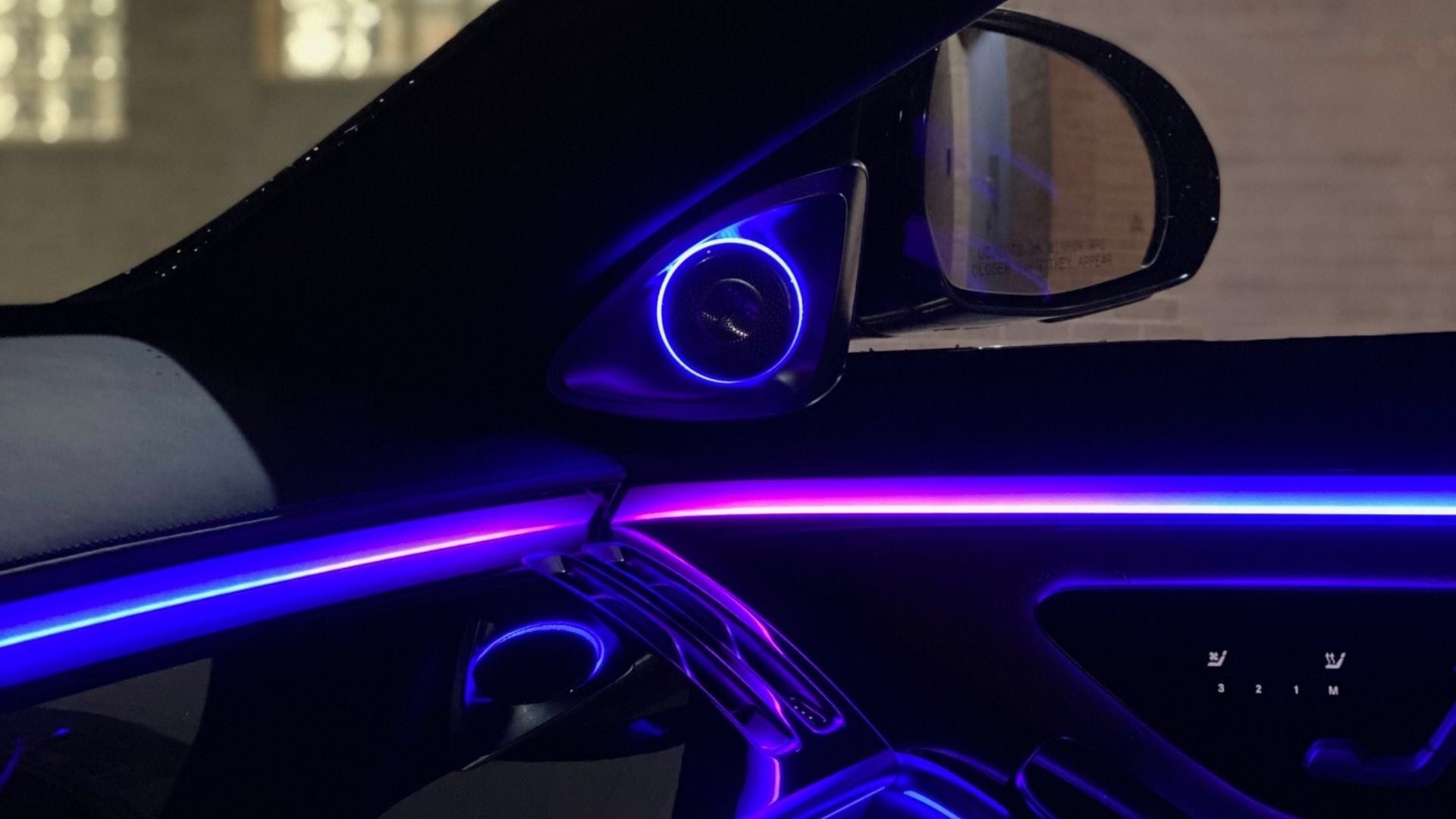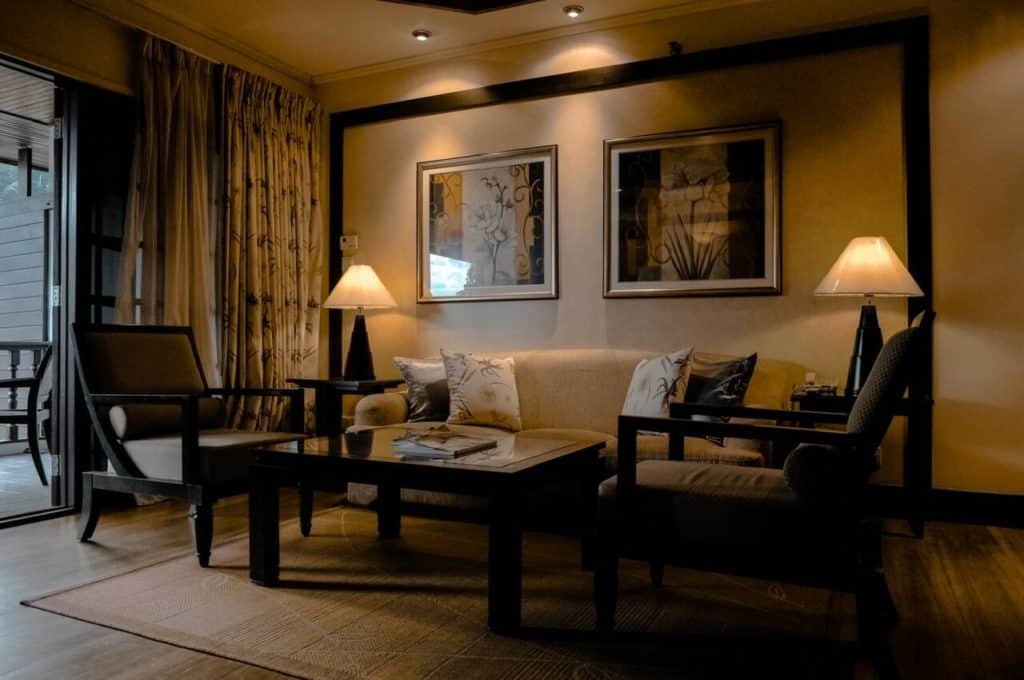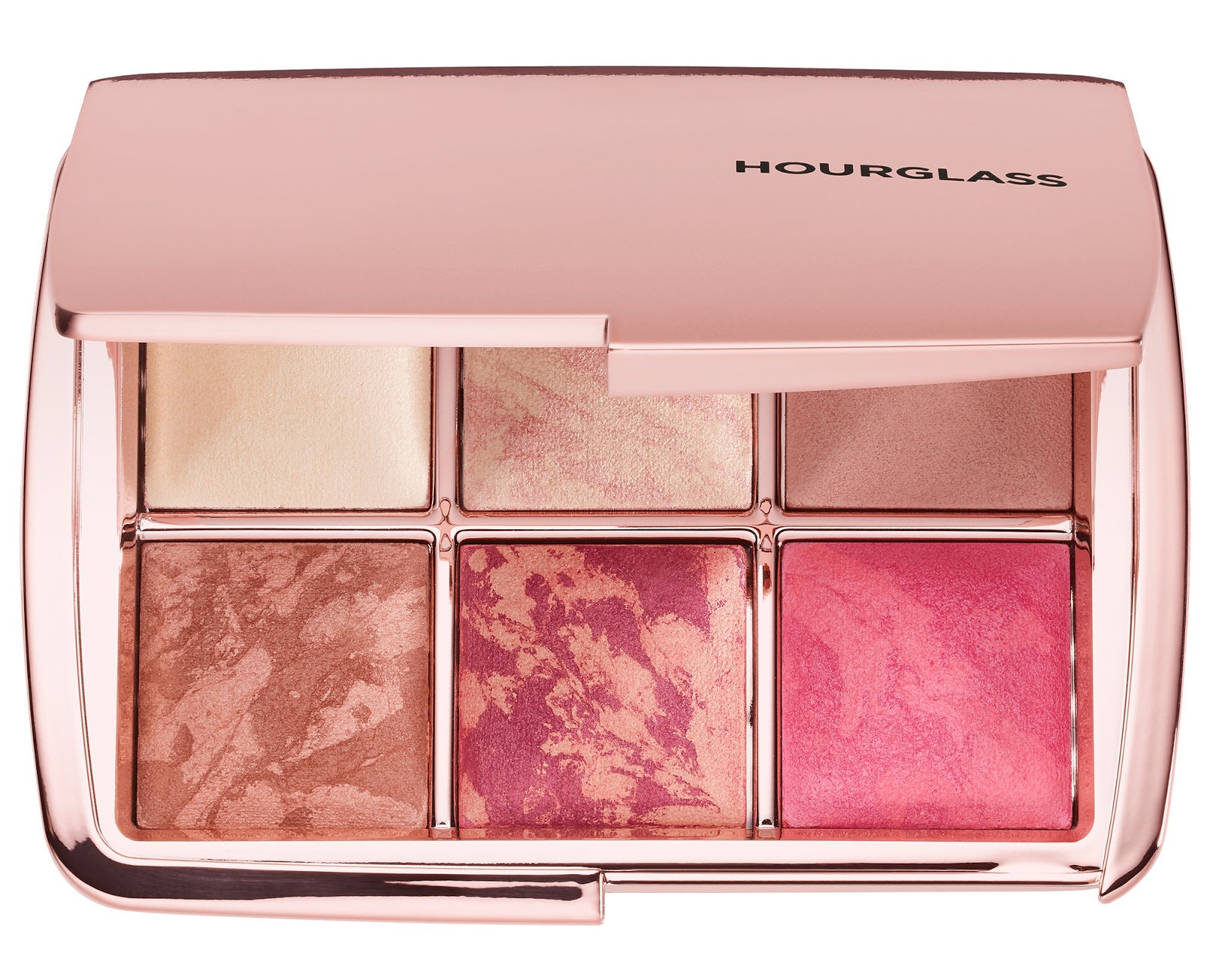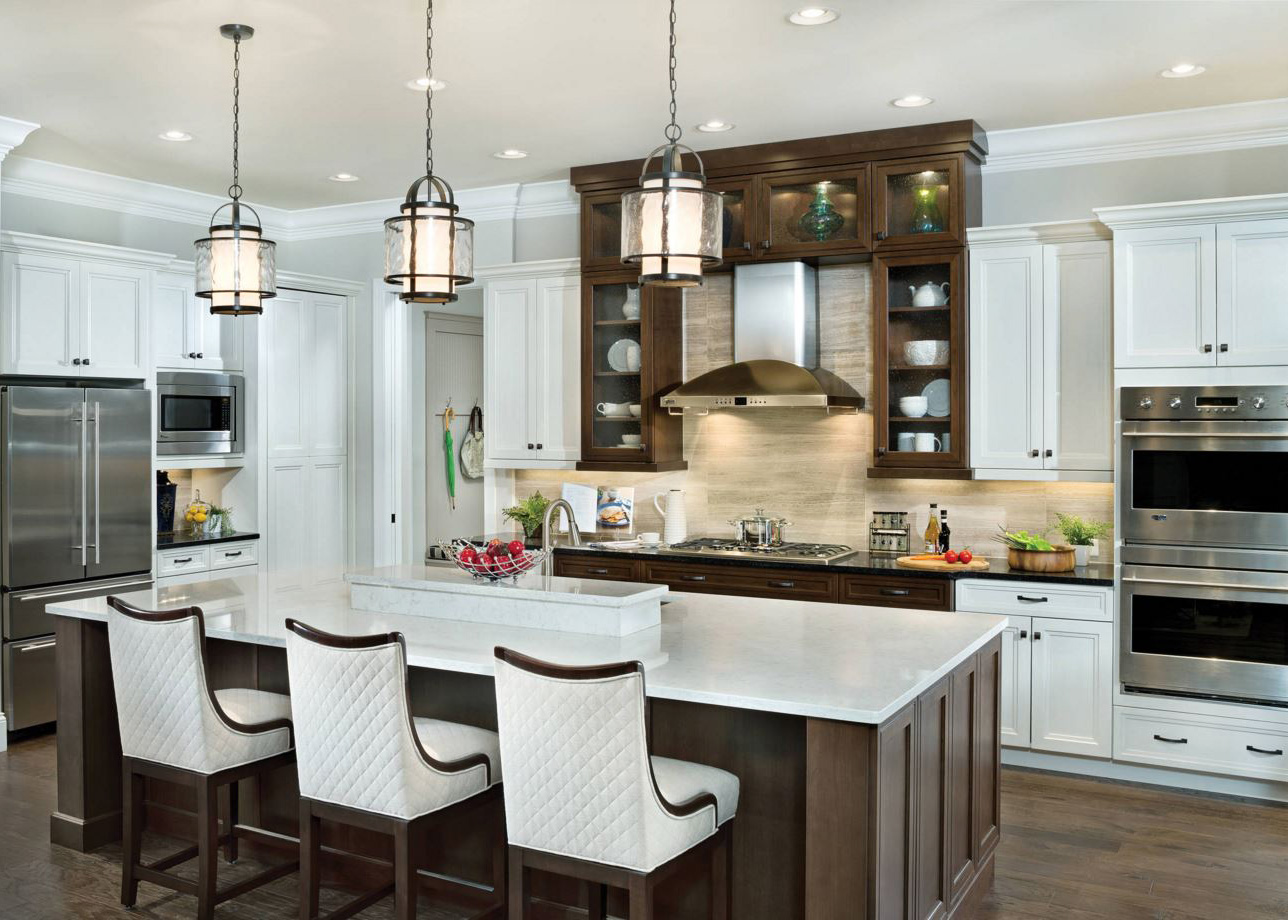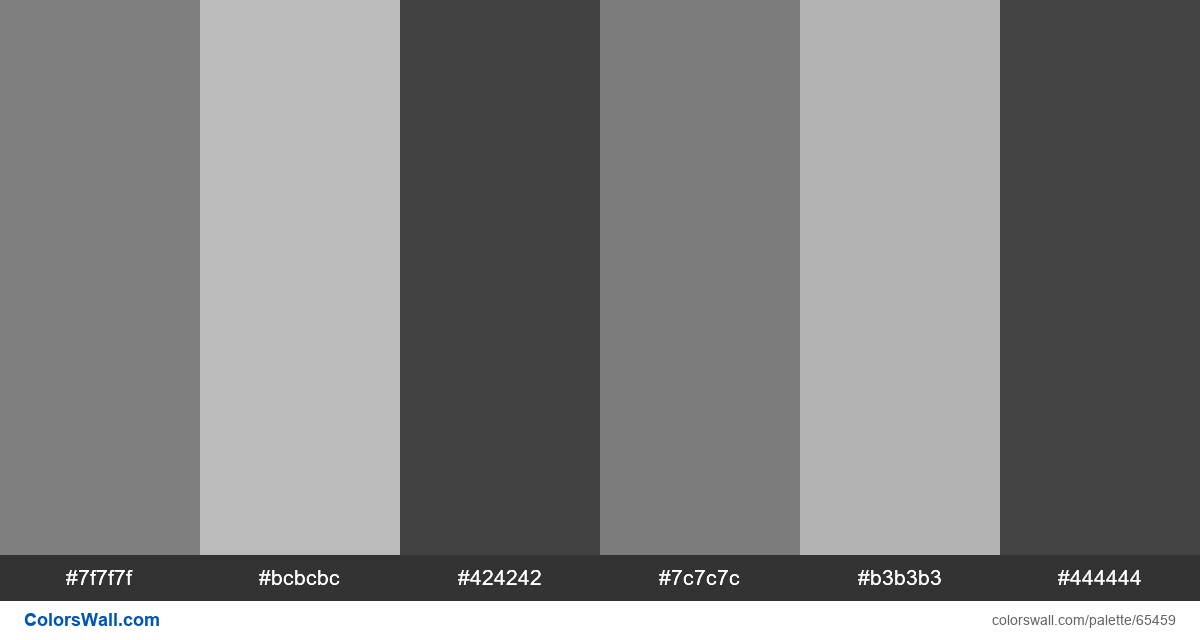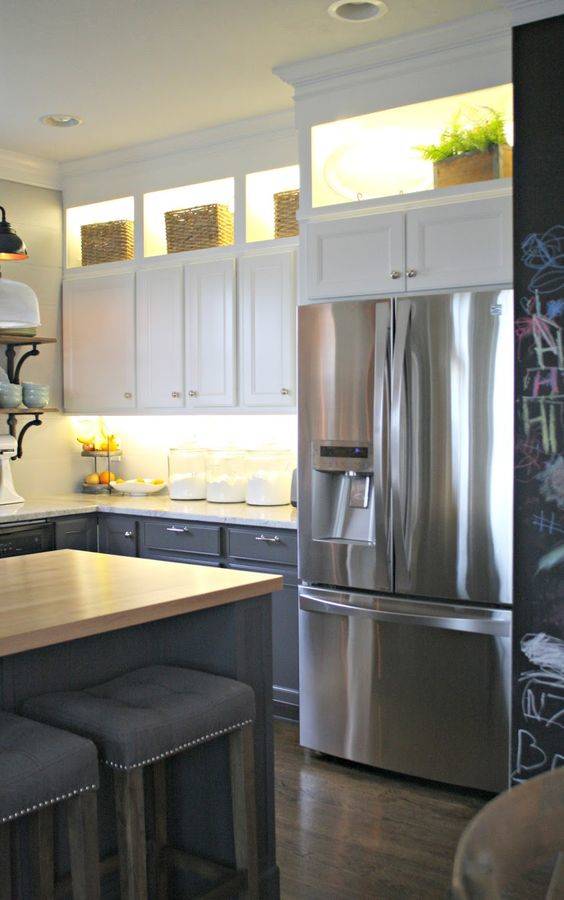When it comes to lighting a galley kitchen, the first step is to plan out the lighting layout. This means determining where each light fixture will be placed and what type of lighting it will provide. It's important to consider the size and shape of the kitchen, as well as the placement of cabinets, appliances, and other elements that may affect the lighting. The layout should also take into account the different areas of the kitchen that will require lighting, such as the cooking and food prep areas, dining area, and any other workspaces. By having a well thought out lighting layout, you can ensure that the entire kitchen is well-lit and functional.1. Lighting Layout
Task lighting is essential in a galley kitchen, as it provides focused and direct light to specific work areas. This type of lighting is especially important for tasks such as chopping vegetables, cooking, or doing dishes. When planning your lighting layout, make sure to include task lighting in areas where you will need it the most. You can use pendant lights or track lighting above the kitchen island or sink, and under cabinet lighting for the countertops. This will not only provide ample light for your tasks, but also add a stylish touch to your kitchen.2. Task Lighting
Ambient lighting is the general lighting that illuminates the entire kitchen. It sets the overall mood and ambiance of the space and should be bright enough for daily activities. There are several options for ambient lighting, including recessed lights, ceiling-mounted fixtures, and chandeliers. When choosing the type of ambient lighting, consider the size of your kitchen. For smaller galley kitchens, recessed lights or ceiling-mounted fixtures may be a better choice to save space. For larger kitchens, a statement chandelier can add a touch of elegance and serve as a focal point.3. Ambient Lighting
Accent lighting is used to highlight specific areas or elements in the kitchen, such as artwork, shelves, or architectural features. It adds depth and visual interest to the space and can also be used to create a cozy and inviting atmosphere. A popular choice for accent lighting in a galley kitchen is under cabinet lighting. It not only provides task lighting, but also adds a warm and inviting glow to the space. You can also use strip lights along the top of cabinets or spotlights to highlight artwork or other decorative elements.4. Accent Lighting
To achieve the perfect balance of lighting in a galley kitchen, it's important to have a combination of different types of lighting. This is where layered lighting comes in. By using a mix of task, ambient, and accent lighting, you can create a well-lit and visually appealing space. Layered lighting also allows you to adjust the level of light in the kitchen according to your needs. For example, you can use just the task lighting when cooking, or add ambient and accent lighting for a cozy dinner party.5. Layered Lighting
When choosing light fixtures for a galley kitchen, it's important to consider the potential for glare. Glare can be distracting and uncomfortable, so it's important to avoid it as much as possible. One way to prevent glare is by using diffused lighting instead of harsh, direct lighting. This can be achieved through the use of lampshades or diffuser lenses on light fixtures. You can also use dimmers to adjust the brightness of the lights and reduce glare.6. Avoid Glare
Speaking of dimmers, they are a must-have in a galley kitchen. Not only do they help prevent glare, but they also allow you to adjust the level of light in the kitchen according to your needs and mood. Dimmers are especially useful in a galley kitchen where space is limited. By dimming the lights, you can create a more intimate and cozy atmosphere without taking up any extra space.7. Use Dimmers
If your galley kitchen has windows, take advantage of natural light as much as possible. Natural light not only makes the space feel brighter and more spacious, but it also has many health benefits. When planning your lighting layout, make sure to keep the windows in mind and avoid blocking them with cabinets or other structures. You can also use sheer curtains or blinds to control the amount of natural light coming in.8. Consider Natural Light
When it comes to the color scheme of your galley kitchen, opt for light and bright colors. Light colors reflect light and make the space feel larger and more open. They also help to enhance the natural and artificial light in the kitchen. You can use light-colored cabinets, countertops, and walls to create a cohesive and light-filled space. You can also add pops of color with accessories or decorative elements to add interest and personality to the kitchen.9. Use Light Colors
Under cabinet lighting is a great addition to a galley kitchen. It not only provides task lighting, but it also adds a warm and inviting glow to the space. It also helps to eliminate shadows and make the space feel brighter and more open. Under cabinet lighting can be installed in various ways, such as LED strip lights or fluorescent lights. You can also choose from different color temperatures, such as warm or cool, to create the desired ambiance in your kitchen. In conclusion, lighting is a crucial element in a galley kitchen. By following these top 10 main rules for lighting, you can create a functional, well-lit, and visually appealing space that you will enjoy spending time in. Remember to plan out the lighting layout, use a combination of different types of lighting, and consider natural light and colors to achieve the best results. Now it's time to go and light up your galley kitchen!10. Utilize Under Cabinet Lighting
Additional Tips for Lighting a Galley Kitchen

1. Use Layers of Light
:max_bytes(150000):strip_icc()/MED2BB1647072E04A1187DB4557E6F77A1C-d35d4e9938344c66aabd647d89c8c781.jpg) When it comes to lighting a galley kitchen, it's important to remember that one source of light won't be enough. This is especially true if the kitchen is small and narrow. To create a well-lit and functional space, it's important to use multiple layers of light. This can include overhead lighting, under-cabinet lighting, and task lighting. By using different sources of light, you can create a more dynamic and inviting atmosphere in your galley kitchen.
When it comes to lighting a galley kitchen, it's important to remember that one source of light won't be enough. This is especially true if the kitchen is small and narrow. To create a well-lit and functional space, it's important to use multiple layers of light. This can include overhead lighting, under-cabinet lighting, and task lighting. By using different sources of light, you can create a more dynamic and inviting atmosphere in your galley kitchen.
2. Consider Natural Light
:max_bytes(150000):strip_icc()/galley-kitchen-ideas-1822133-hero-3bda4fce74e544b8a251308e9079bf9b.jpg) Natural light can be a great addition to any kitchen, including a galley kitchen. If your kitchen has windows, make sure to utilize them to bring in as much natural light as possible. This will not only make your kitchen feel brighter and more spacious, but it can also save you money on your energy bill. Consider adding sheer curtains or blinds to control the amount of natural light that enters the space.
Natural light can be a great addition to any kitchen, including a galley kitchen. If your kitchen has windows, make sure to utilize them to bring in as much natural light as possible. This will not only make your kitchen feel brighter and more spacious, but it can also save you money on your energy bill. Consider adding sheer curtains or blinds to control the amount of natural light that enters the space.
3. Choose the Right Bulbs
 When it comes to lighting a galley kitchen, the type of bulbs you choose can make a big difference.
LED
bulbs are a popular choice as they are energy-efficient and long-lasting. They also come in a variety of color temperatures, allowing you to choose the right one for your kitchen.
Halogen
bulbs are also a good option for task lighting as they provide bright and clear light. It's important to consider the color temperature and lumens of the bulbs to ensure they provide enough light for your galley kitchen.
When it comes to lighting a galley kitchen, the type of bulbs you choose can make a big difference.
LED
bulbs are a popular choice as they are energy-efficient and long-lasting. They also come in a variety of color temperatures, allowing you to choose the right one for your kitchen.
Halogen
bulbs are also a good option for task lighting as they provide bright and clear light. It's important to consider the color temperature and lumens of the bulbs to ensure they provide enough light for your galley kitchen.
4. Use Dimmers
 Dimmers are a great way to control the amount of light in your galley kitchen. They allow you to adjust the brightness of the lights according to your needs and mood. This can be especially useful if you use your kitchen for different purposes, such as cooking, entertaining, or relaxing. Dimmers also help to save energy and extend the life of your bulbs.
Dimmers are a great way to control the amount of light in your galley kitchen. They allow you to adjust the brightness of the lights according to your needs and mood. This can be especially useful if you use your kitchen for different purposes, such as cooking, entertaining, or relaxing. Dimmers also help to save energy and extend the life of your bulbs.
5. Don't Forget About Style
 While functionality is important, don't forget about the style of your lighting. Galley kitchens can benefit from statement lighting fixtures, such as a pendant light over the sink or a chandelier over the dining area. This not only adds visual interest, but it can also serve as a focal point for the space.
By following these tips, you can create a well-lit and inviting galley kitchen that is both functional and stylish. Remember to experiment with different lighting options and don't be afraid to mix and match different sources of light. With the right lighting, your galley kitchen can become the heart of your home.
While functionality is important, don't forget about the style of your lighting. Galley kitchens can benefit from statement lighting fixtures, such as a pendant light over the sink or a chandelier over the dining area. This not only adds visual interest, but it can also serve as a focal point for the space.
By following these tips, you can create a well-lit and inviting galley kitchen that is both functional and stylish. Remember to experiment with different lighting options and don't be afraid to mix and match different sources of light. With the right lighting, your galley kitchen can become the heart of your home.



























